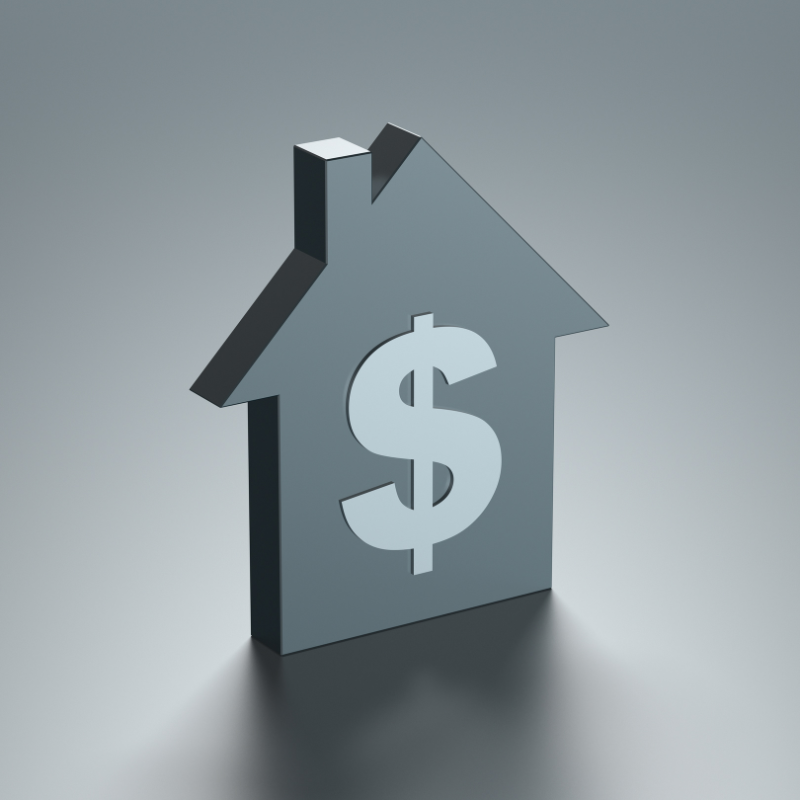If you’ve ever thought about using your home equity to pay a big expense, you probably considered getting a Home Equity loan. These loans allow you to borrow a small portion of the equity in your home without touching your primary (first) mortgage.
Homeowners borrow cash from their home equity for many reasons. Yes, there are risks involved in using home equity this way. But if you know the facts about home equity loans, they may be a good option.
Let’s talk about home equity loan facts and why you might want to get one – or not.
What is Home Equity?
Your home equity is the portion of your home’s value that you own “free and clear” of any loans. It’s the amount remaining after selling your home and paying off the mortgage.
Your home equity grows with each mortgage payment you make. A portion of each payment is applied to the outstanding mortgage balance.
Equity is also affected by a home’s increasing or decreasing market value. A shrinking mortgage balance and growing market value can create enough home equity to use as collateral for a second mortgage.
Types of Home Equity Loans
There are two types of home equity loans. The first is called a Home Equity Loan, with a fixed rate, equal monthly payments, and the option for a 5 to 15-year term. It sounds like your primary mortgage, right?
The other type is a Home Equity Line of Credit or “HELOC.”

A HELOC works similarly to a credit card but is a Line of Credit.
- You can use the line of credit in whatever amount you decide – a portion or all of it.
- You can repeatedly borrow and pay back any amount within the ten-year “draw period.”
- At a minimum, you must pay the interest monthly.
- The outstanding balance is amortized with equal monthly payments, beginning in year 11.
- The interest rate can change as often as monthly (variable.)
The Variable Interest Rate
You calculate the HELOCs variable interest rate by adding a fixed margin amount to a specific index. Note that the margin remains the same, but the value of the index can vary monthly.
The most common indexes are the published Prime Rate and LIBOR (the London Interbank Overnight Rate.) Both indexes can fluctuate monthly, which changes the interest charged on your loan.
The margin amount is determined by 1) the percentage of equity used for your mortgages (Cumulative Loan-to-Value, or CLTV) and 2) your credit score. The lower the CLTV and the higher your credit score – the lower the margin amount added to the index.
Calculate the percentage of equity used (CLTV) by adding the first mortgage and the HELOC amount. You can borrow up to 89.99% of the homes’ current value.
Here’s an example of calculating the monthly interest for a HELOC:
- The index is the Prime Rate (7% as of December 2022.)
- The margin is 2.25%.
- Adding the margin (2.25%) to the index (7%) = 9.25% interest rate for the current month.
The rate is recalculated monthly using the current index value. As the index value increases or decreases, the interest on the HELOC does the same.
HELOCs have a maximum interest rate allowed (lifetime cap or ceiling) and a minimum rate (floor) which protects you from the potential risk of an ever-increasing index.
The Risks of a HELOC/Loan
There are other risks with a home equity loan aside from the variable interest rate, like the risk of losing the equity in your home.
If something negatively impacts home values in your area, you could be “underwater” – owing more in mortgages than your home is worth. But as long as you can afford to make your payments, this shouldn’t impact you.
Plan for this risk ahead of time by testing the worst-case scenario – a steadily rising index and increasing payment. You can do this by calculating the monthly payment at the maximum (lifetime cap) interest rate.
Add that to your primary mortgage payment to see if you can afford the extreme worst-case scenario.
Even though it’s highly unlikely the rate would reach the lifetime cap, taking this step will help you evaluate your personal risk. If you can afford the worst-case payment, being “underwater” is only a temporary problem on paper.
There’s also the risk that you’ll have to sell your home for some reason while you owe more than it’s worth. It might be a job relocation or a family emergency. Still, you can’t control this type of worst-case scenario. Consider renting the home until property values and loan balances make selling possible.
Accessing your home equity whenever you accumulate excess poses financial risk. Repeatedly using home equity to consolidate consumer debt like credit cards and car loans is not a good idea.
You can control the risk by not creating new consumer debt.
The Best Use of Your Home Equity
Using a home equity loan to consolidate debt and lower costs is okay. It can improve your cash flow, allowing you to contribute more toward retirement and general savings.
You can also use a home equity loan for significant, planned expenses. Think college tuition and major home improvements. As far as the lender’s concerned, you can use the home equity loan for any purpose.
Final Home Equity Facts
For years, home equity loans have helped for all the reasons mentioned above – and more. And the interest was tax deductible – a win-win.
But, the 2017 Tax Cuts and Jobs Act eliminated the tax benefit for home equity loans. There are some exceptions worth exploring with your tax professional, though – like using the home equity loan funds for “qualified home renovations.”

The tax laws spell out specific criteria to qualify for this exception. Getting this valuable information is why a meeting with a CPA or Accountant needs to happen before proceeding with the loan.
Finally, prepare to pay upfront fees for a home equity loan or HELOC. They can include credit report fees, title fees, and appraisal fees. However, the costs are minimal compared to a primary mortgage.
Do you have personal questions about getting a home equity loan or HELOC? Give us a call because we have answers and would love to help!




Leave a Reply